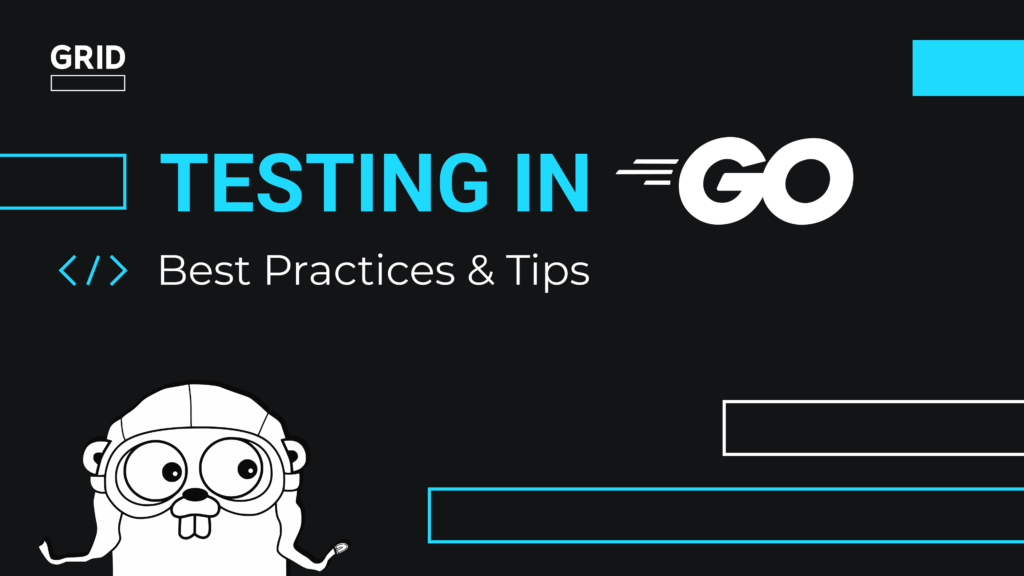
Introduction:
Effective code testing is a cornerstone of robust software development. In this article, we’ll explore essential best practices for code testing that ensure the reliability, performance, and maintainability of your software.
Implement Comprehensive Test Suites:
Building comprehensive test suites is a fundamental practice in code testing. Cover a range of scenarios, including edge cases and unexpected inputs. A well-designed test suite provides thorough coverage of your codebase, increasing the likelihood of detecting potential issues early in the development process.
Prioritize Automated Testing:
Automated testing is a key best practice for efficient and repeatable testing processes. Implement unit tests, integration tests, and end-to-end tests that can be automated to run seamlessly within your development pipeline. Automated testing accelerates the feedback loop, allowing developers to catch and address issues quickly.
Adopt Test-Driven Development (TDD):
Embrace Test-Driven Development (TDD) as a methodology for writing robust and well-tested code. With TDD, developers write tests before implementing the actual code. This approach ensures that code is designed with testability in mind, leading to a more reliable and maintainable codebase.
Isolate Tests for Better Traceability:
Isolate individual tests to enhance traceability and maintainability. Each test should focus on a specific functionality or scenario, making it easier to identify the cause of failures. Isolation also allows developers to run specific tests during development without the need to execute the entire test suite.
Mock External Dependencies:
When testing a specific module or component, mock external dependencies to create a controlled environment. This prevents tests from relying on external services, databases, or APIs, ensuring consistency and reliability in test results. Mocking allows developers to focus on the behavior of the specific code being tested.
Regularly Update Tests with Code Changes:
Maintain a proactive approach to test maintenance. Regularly update tests alongside code changes to keep them aligned with the evolving codebase. Failing to update tests can lead to false positives or negatives, diminishing the effectiveness of the testing suite.
Perform Regression Testing:
Incorporate regression testing into your code testing strategy to ensure that new code changes do not introduce unintended side effects. Regression tests validate that existing functionalities remain intact after modifications. Automated regression testing is particularly beneficial in large and complex codebases.
Conduct Performance Testing:
Beyond functional testing, consider the performance of your software. Implement performance tests to evaluate how the application behaves under various load conditions. Identifying and addressing performance bottlenecks early in the development process contributes to a more responsive and scalable software solution.
Emphasize Code Review and Pair Programming:
Code review and pair programming are complementary practices that enhance code quality and catch potential issues. While not traditional forms of testing, they contribute to the overall robustness of the codebase. Multiple sets of eyes on the code facilitate the identification of logical errors, potential improvements, and adherence to best practices.
Document Testing Strategies and Results:
Maintain documentation for your testing strategies and results. Clearly document the purpose of each test, the expected outcomes, and any known limitations. This documentation serves as a valuable resource for developers joining the project and provides insights into the testing coverage and history.
To explore more Code Testing Best Practices Tips, visit boydmillerwebdesign.com.



![Average Renovation Costs in [Your Location] Average Renovation Costs in [Your Location]](https://images.unsplash.com/photo-1517103278237-421a1cb020fa?fm=jpg&q=60&w=3000&ixlib=rb-4.0.3&ixid=M3wxMjA3fDB8MHxzZWFyY2h8M3x8aG93JTIwbXVjaCUyMHJlbm92YXRpb24lMjBjb3N0fGVufDB8MHwwfHx8Mg%3D%3D)






